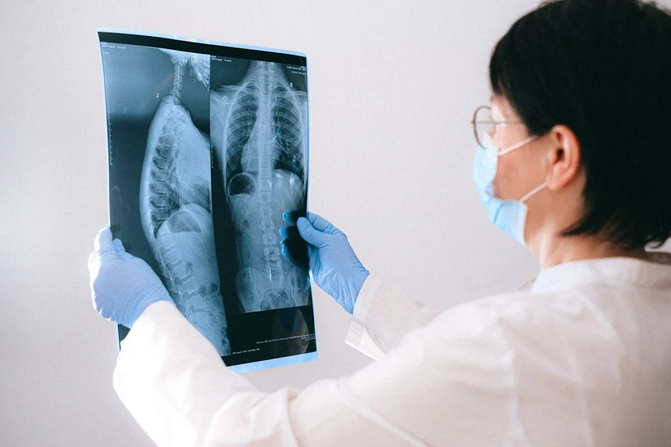
Imagine a world where the air we breathe is a necessity for survival and a lifeline that can transform lives. For those suffering from severe lung disease, each breath can feel like an uphill battle against time and dwindling hope. But thanks to groundbreaking advancements in lung transplant technology, that struggle is evolving remarkably. In this blog post, we’ll take you on an inspiring journey through the innovative landscape of lung transplantation—from its humble beginnings as a distant dream to its life-saving reality in modern medicine.
Robotic-Assisted Surgery: Minimally Invasive Lung Transplants
In the past, lung transplant surgeries required large incisions, which could lead to extended recovery times and a greater risk of complications. Groundbreaking lung transplant surgery, on the other hand, has created a new, minimally invasive option for those in need of lung transplants. With the rise of robotic-assisted surgery, the process has become much more precise and minimally invasive. Surgeons can now use robotic systems like the Da Vinci Surgical System to perform lung transplants with smaller incisions and increased control.
Robotic surgery allows for a faster recovery time due to the smaller incisions, less blood loss, and reduced risk of infection. Additionally, the robotic arms provide enhanced flexibility and 3D visualization, which aids in more precise tissue manipulation. This technology doesn’t just benefit the patient by reducing recovery time but helps surgeons perform the procedure more efficiently, reducing the overall length of the surgery and improving outcomes.
Improved Donor Organ Preservation and Transportation
One of the most significant challenges in lung transplantation is the time-sensitive nature of the procedure. Donor lungs need to be preserved and transported to the recipient in the shortest amount of time possible, as they can only survive for a limited period outside the body. Historically, this window was a major limiting factor. However, recent advances in organ preservation technology have helped increase the success of lung transplants by allowing for longer and safer transport times.
One exciting development is using ex vivo lung perfusion (EVLP). This technology involves breathing oxygen into the donor’s lungs and perfusing them with a preservation solution, which helps maintain the lung tissue while transported. EVLP has been shown to extend the preservation time and improve the quality of the lungs, reducing the risk of damage during transportation. This breakthrough means that lungs can be evaluated more carefully before transplant, and patients who may have once been ineligible for a transplant due to poor organ quality now have a greater chance of success.
3D Printing for Personalized Planning
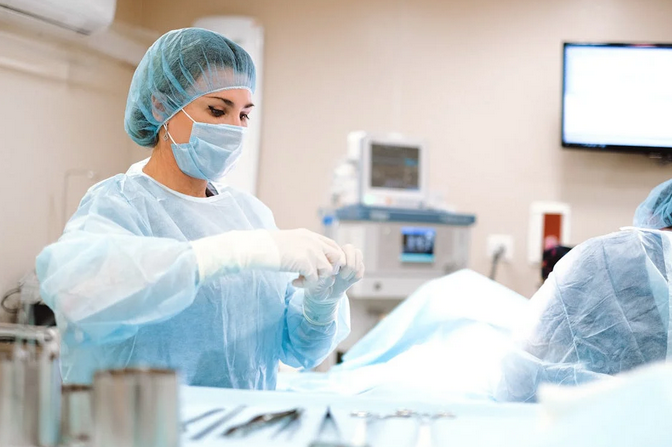
When it comes to organ transplants, personalized medicine is becoming more critical than ever. In lung transplant surgeries, 3D printing is proving to be a game-changer. Surgeons can now use 3D models of the patient’s lungs and surrounding anatomy to plan the surgery in detail before going into the operating room. These 3D models are often created using CT or MRI scans of the patient’s chest, which can be turned into highly detailed, physical models.
This personalized planning process helps surgeons better understand the patient’s unique anatomical features, such as lung shape and positioning of blood vessels, enabling them to perform the surgery with greater precision. Additionally, 3D printing can be used to create models of the donor’s lungs, allowing surgeons to assess how well the organs will …








 One of the biggest advantages of virtual
One of the biggest advantages of virtual  One of the advantages of virtual healthcare is that it can be used to treat urgent symptoms. When you have an urgent care need, you can use virtual healthcare to get the care you need immediately. This means you don’t have to wait for an appointment or travel to a doctor’s office. You can also avoid the hassle of dealing with insurance companies. Virtual healthcare has many advantages over traditional healthcare. It provides better access to care, is more convenient, and can be used to manage chronic conditions.
One of the advantages of virtual healthcare is that it can be used to treat urgent symptoms. When you have an urgent care need, you can use virtual healthcare to get the care you need immediately. This means you don’t have to wait for an appointment or travel to a doctor’s office. You can also avoid the hassle of dealing with insurance companies. Virtual healthcare has many advantages over traditional healthcare. It provides better access to care, is more convenient, and can be used to manage chronic conditions.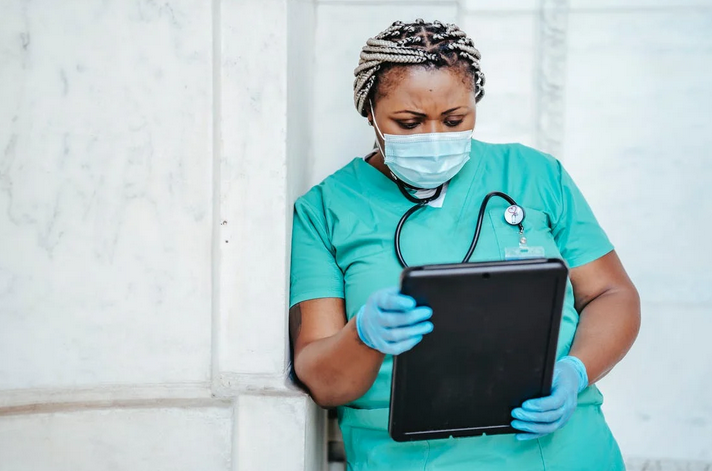
 Many conditions can qualify a patient for skilled
Many conditions can qualify a patient for skilled 
 A weight loss clinic or weight loss center helps people lose weight and discover plans and approaches to stay healthy. These clinics have trained clinicians, doctors, and medical staff who will provide evidence-based approaches to help you in your weight loss journey. Some of these centers, called medical weight reduction centers, focus on physician-supervised applications that require dietary supplements and exercise.
A weight loss clinic or weight loss center helps people lose weight and discover plans and approaches to stay healthy. These clinics have trained clinicians, doctors, and medical staff who will provide evidence-based approaches to help you in your weight loss journey. Some of these centers, called medical weight reduction centers, focus on physician-supervised applications that require dietary supplements and exercise. Once you visit a weight loss center, you will undergo an initial consultation where a clinician will assess your health and medical history, your lifestyle, exercise habits, and determine your body mass index. Your doctor or clinician will then look for a weight loss program tailored to you.
Once you visit a weight loss center, you will undergo an initial consultation where a clinician will assess your health and medical history, your lifestyle, exercise habits, and determine your body mass index. Your doctor or clinician will then look for a weight loss program tailored to you. In general, a weight-loss plan might be ideal for you if you have a BMI over 30, which is considered fat. You should …
In general, a weight-loss plan might be ideal for you if you have a BMI over 30, which is considered fat. You should …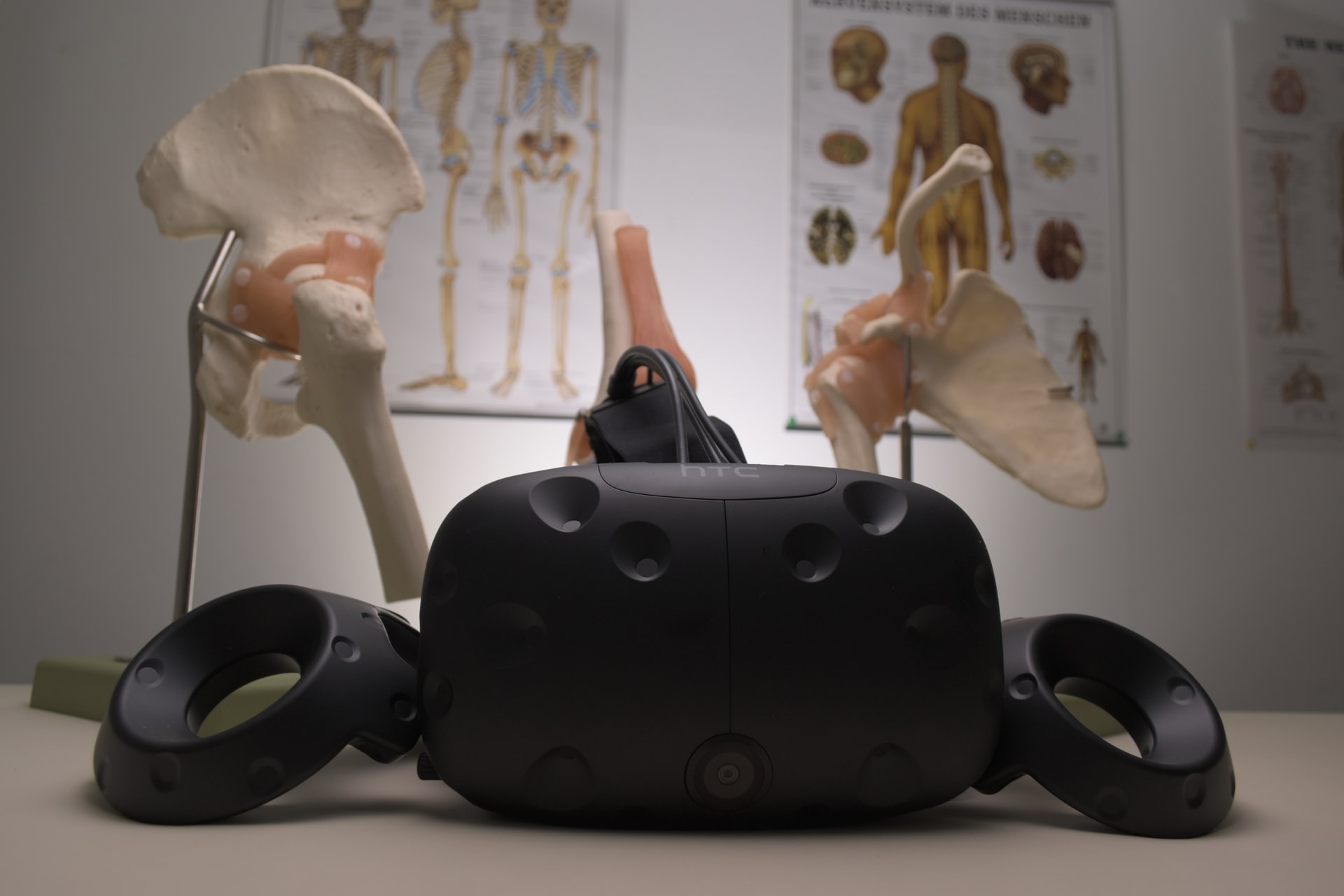
 Well-being reenactment is a strategy used to improve or delay genuine encounters with guided practices that inspire or duplicate the real planet’s basics intelligently. Well-being reproduction utilizes a few different instruments, going from counterfeit or fake
Well-being reenactment is a strategy used to improve or delay genuine encounters with guided practices that inspire or duplicate the real planet’s basics intelligently. Well-being reproduction utilizes a few different instruments, going from counterfeit or fake  Reenactment focuses are practically pervasive in clinical and nursing schools; numerous medical care programs today join reproduction to help close personal clinical experiences and instructional substance. Over the past twenty years, the copy has acquired help from excellent medical care programs since its adequacy is upheld by study and gives a few instructive benefits.
Reenactment focuses are practically pervasive in clinical and nursing schools; numerous medical care programs today join reproduction to help close personal clinical experiences and instructional substance. Over the past twenty years, the copy has acquired help from excellent medical care programs since its adequacy is upheld by study and gives a few instructive benefits.

 You can tell your puppy is starting to age when he starts to slow down. Few German shepherds slow down significantly when they reach maturity (we had one who was still running in the yard at thirteen and still running), but many do. If they start spending more time sleeping and less time exercising, that doesn’t mean you have to let them sleep in their pet bed during the day and night. A puppy that is on the move will stay on the move. Therefore, if you diligently leash your old German Shepherd and take him for walks, he will stay busy and consequently fitter for his older years.
You can tell your puppy is starting to age when he starts to slow down. Few German shepherds slow down significantly when they reach maturity (we had one who was still running in the yard at thirteen and still running), but many do. If they start spending more time sleeping and less time exercising, that doesn’t mean you have to let them sleep in their pet bed during the day and night. A puppy that is on the move will stay on the move. Therefore, if you diligently leash your old German Shepherd and take him for walks, he will stay busy and consequently fitter for his older years.
 On grab days or any time you want to eat carbs, it’d be best to integrate these kinds of “healthy fats” to encourage a fantastic microbiome. Additionally, it’s fairly normal that people suffer from diarrhea or constipation throughout the keto diet as a result of high fiber consumption. It’s still true that you could experience some digestive and intestinal issues when consuming healthful food in this system.
On grab days or any time you want to eat carbs, it’d be best to integrate these kinds of “healthy fats” to encourage a fantastic microbiome. Additionally, it’s fairly normal that people suffer from diarrhea or constipation throughout the keto diet as a result of high fiber consumption. It’s still true that you could experience some digestive and intestinal issues when consuming healthful food in this system.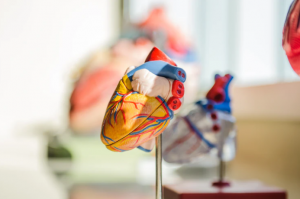 On a more critical note, the long-term negative side effects of a ketogenic diet remain unknown. The additional study must discover more about how the keto diet influences cardiovascular health. In the same way, the human body’s blood vessels may be negatively influenced by a high-fat diet. However, fat is not always the issue.
On a more critical note, the long-term negative side effects of a ketogenic diet remain unknown. The additional study must discover more about how the keto diet influences cardiovascular health. In the same way, the human body’s blood vessels may be negatively influenced by a high-fat diet. However, fat is not always the issue.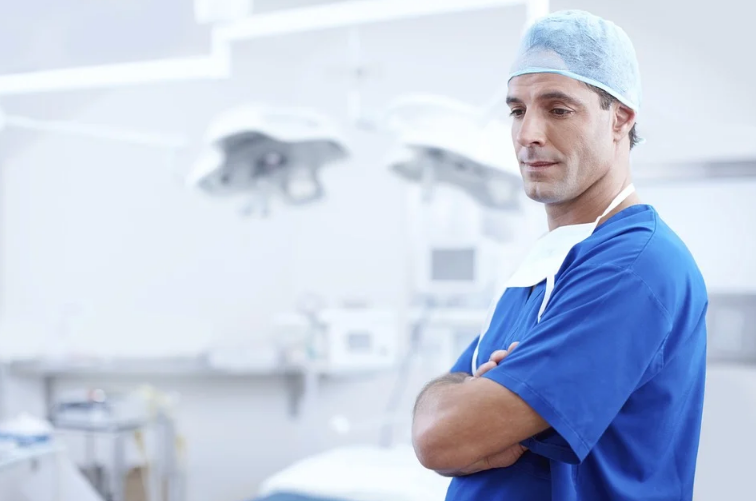
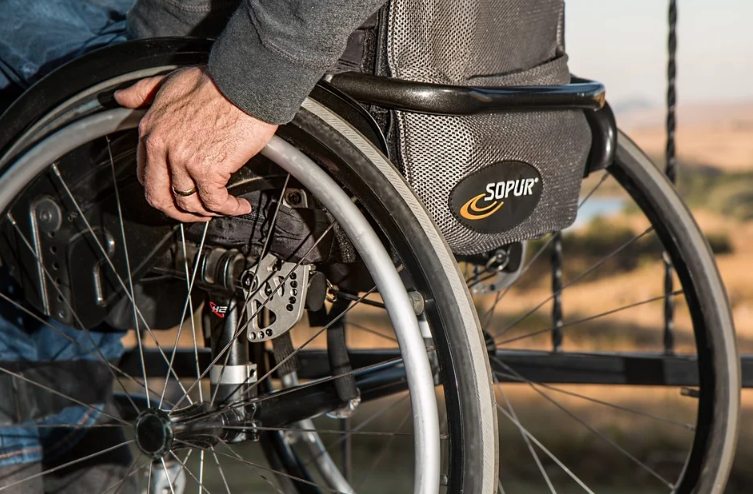


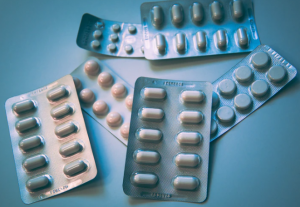 Try not to take Tadalafil fluid in case you’re likewise conveying a nitrate prescription for heart issues or torment, similar to dynamite, dinitrate medicine, mononitrate drug, and a couple of recreational medications such as “poppers.” Accepting Co while using nitrate drugs causes unpredictable and unsafe pulse medication. Illuminate your primary care physician pretty much regarding your present drugs, especially your riociguat (Adempas).
Try not to take Tadalafil fluid in case you’re likewise conveying a nitrate prescription for heart issues or torment, similar to dynamite, dinitrate medicine, mononitrate drug, and a couple of recreational medications such as “poppers.” Accepting Co while using nitrate drugs causes unpredictable and unsafe pulse medication. Illuminate your primary care physician pretty much regarding your present drugs, especially your riociguat (Adempas). On the off chance that you’re hypersensitive to it, at that point, you shouldn’t get a virus. Taking Tadalafil with different medications adds to a serious and pulse hurtful phone in circulatory strain. Forestall the utilization of the prescription in case you’re additionally utilizing Nitrate Medications. Some tadalafil can stay in your blood for two days or a few days with each portion you decide (for a more drawn out term if you have a liver or urinary lot disease ). Forestall taking nitrates until the present time. To gain a positive effect of the medication, you need to illuminate your doctor on the off chance that you have ever had coronary illness or arrhythmia.
On the off chance that you’re hypersensitive to it, at that point, you shouldn’t get a virus. Taking Tadalafil with different medications adds to a serious and pulse hurtful phone in circulatory strain. Forestall the utilization of the prescription in case you’re additionally utilizing Nitrate Medications. Some tadalafil can stay in your blood for two days or a few days with each portion you decide (for a more drawn out term if you have a liver or urinary lot disease ). Forestall taking nitrates until the present time. To gain a positive effect of the medication, you need to illuminate your doctor on the off chance that you have ever had coronary illness or arrhythmia. Connect with a crisis clinical office if you have indications of a hypersensitive response to Tadalafil from the life partner: affliction, trouble breathing, along swollen lips, face, tongue, or throat. It may have harmful results. Tadalafil obstructs the activity of this receptor made out of a sort five cGMP phosphodiesterase (PDE-5). The gathering of PDE-5 inhibitors claims Tadalafil. If Tadalafil is used as required, likely, it isn’t in the dosing program. If you decide “Tadalafil” consistently and miss a portion, you need to consider the sum you failed to remember after completing it. Disregard the amount if it’s nearly an ideal opportunity for another customary portion.…
Connect with a crisis clinical office if you have indications of a hypersensitive response to Tadalafil from the life partner: affliction, trouble breathing, along swollen lips, face, tongue, or throat. It may have harmful results. Tadalafil obstructs the activity of this receptor made out of a sort five cGMP phosphodiesterase (PDE-5). The gathering of PDE-5 inhibitors claims Tadalafil. If Tadalafil is used as required, likely, it isn’t in the dosing program. If you decide “Tadalafil” consistently and miss a portion, you need to consider the sum you failed to remember after completing it. Disregard the amount if it’s nearly an ideal opportunity for another customary portion.…
 An atmospheric salter is another method of getting exactly the same benefits from salt treatment. Negative ions improve mood and reduce tension and stress. They calculate the distance in the same specific way as a salt mine. Salt microcrystals are less than 5 µm in diameter; most are less than 1 µm and can penetrate deep into the lungs.” Salt lamps are also a simple way to change the electrical charge in the room.
An atmospheric salter is another method of getting exactly the same benefits from salt treatment. Negative ions improve mood and reduce tension and stress. They calculate the distance in the same specific way as a salt mine. Salt microcrystals are less than 5 µm in diameter; most are less than 1 µm and can penetrate deep into the lungs.” Salt lamps are also a simple way to change the electrical charge in the room.

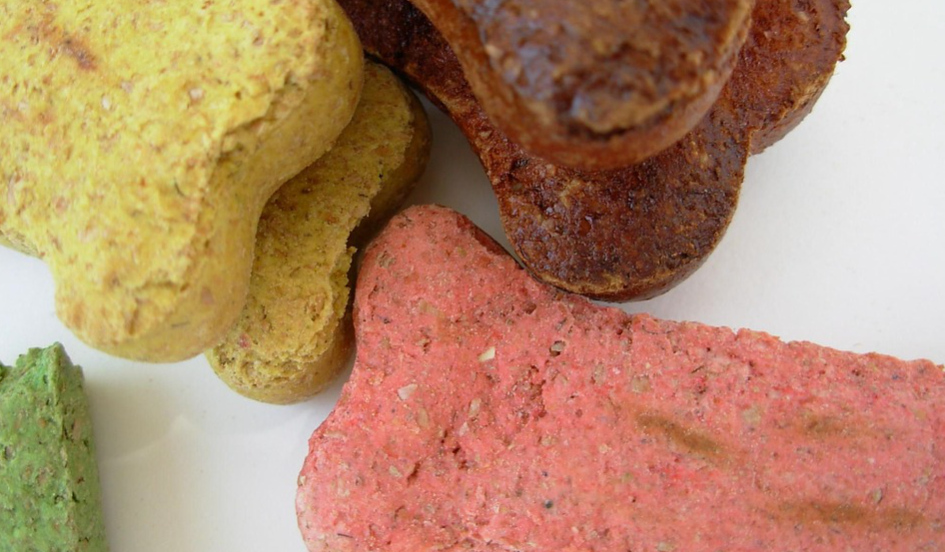
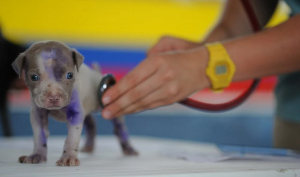 Before you start preparing your cabinets with a large amount of pet material, it is advisable to ask your vet’s opinion. Your vet may be the perfect person to instruct you on a much healthier option for your pet. For example, there are different kits for small and large dogs based on the animal’s ability to chew and digest the food, including how much its body needs it. You have to consult these aspects with the vet to buy the correct one for your pet. Remember that your cat would not like the taste of the sweets you buy for your dog. So if you are thinking of letting your dog eat your cat’s treats, he will surely be disappointed. Worse, you have to prepare yourself for some terrible morning surprises on your carpet.
Before you start preparing your cabinets with a large amount of pet material, it is advisable to ask your vet’s opinion. Your vet may be the perfect person to instruct you on a much healthier option for your pet. For example, there are different kits for small and large dogs based on the animal’s ability to chew and digest the food, including how much its body needs it. You have to consult these aspects with the vet to buy the correct one for your pet. Remember that your cat would not like the taste of the sweets you buy for your dog. So if you are thinking of letting your dog eat your cat’s treats, he will surely be disappointed. Worse, you have to prepare yourself for some terrible morning surprises on your carpet. Another thing to keep in mind is buying pet food that your cat or dog loves to nibble on. It is not a great idea to buy fresh products wholesale because your pet might not want to eat the same food. Often, pet owners buy significant amounts of these products with discounts or online sales. However, they still end up with their hungry pets and a truckload of unnecessary supplies on their kitchen counters.
Another thing to keep in mind is buying pet food that your cat or dog loves to nibble on. It is not a great idea to buy fresh products wholesale because your pet might not want to eat the same food. Often, pet owners buy significant amounts of these products with discounts or online sales. However, they still end up with their hungry pets and a truckload of unnecessary supplies on their kitchen counters. 


 Ostomy bags are also airtight and allow the wearer to lead an active and ordinary lifestyle, which can include all types of sports and recreational activities. So it is likely that you have come into contact with ostomy patients who have a ostomy and have not even understood it. Public figures, famous artists, but also professional athletes have stomas that do not significantly limit their actions.
Ostomy bags are also airtight and allow the wearer to lead an active and ordinary lifestyle, which can include all types of sports and recreational activities. So it is likely that you have come into contact with ostomy patients who have a ostomy and have not even understood it. Public figures, famous artists, but also professional athletes have stomas that do not significantly limit their actions.


 As long as your horse is not seriously ill, it would help if you continued to offer it regular daily exercise. This, in turn, helps to keep the joint cartilage strong and helps reduce the rapid development of arthritis. Also, horses that are trained frequently and continuously have a much lower risk of developing arthritis. Since the exercises lead to the repeated strengthening of the joints and corresponding cartilage.
As long as your horse is not seriously ill, it would help if you continued to offer it regular daily exercise. This, in turn, helps to keep the joint cartilage strong and helps reduce the rapid development of arthritis. Also, horses that are trained frequently and continuously have a much lower risk of developing arthritis. Since the exercises lead to the repeated strengthening of the joints and corresponding cartilage. This type of drugs does not have the same success as a valid steroid, but it can provide a tolerable amount of pain relief as well as swelling relief. NSAIDs, along with annual corticosteroid injections, have been shown to help the horse regain its range of motion along with its normal activities. Feeding your horses can sometimes be difficult due to the wide range of options available.
This type of drugs does not have the same success as a valid steroid, but it can provide a tolerable amount of pain relief as well as swelling relief. NSAIDs, along with annual corticosteroid injections, have been shown to help the horse regain its range of motion along with its normal activities. Feeding your horses can sometimes be difficult due to the wide range of options available.

 A simple practice to open the center of the heart and let inspiration flow is a quick meditation that can be done several times a day. It begins by closing the eyes and placing one hand to separate the heart and the other on the solar plexus. Breathe in slowly and deeply and let your exhalation be 2 meters above your burdens.
A simple practice to open the center of the heart and let inspiration flow is a quick meditation that can be done several times a day. It begins by closing the eyes and placing one hand to separate the heart and the other on the solar plexus. Breathe in slowly and deeply and let your exhalation be 2 meters above your burdens.
 Let me tell you that no one likes to find food problems. Peanuts or other foods normally look like those that parents don’t choose to be shocked by exposure to milk. Can you imagine, thinking about peanut butter, that parents’ fear of their children inadvertently eating all their meals or coming into contact with them might take them to the hospital or worse to school or the outside world? In one case, I did not choose to separate.
Let me tell you that no one likes to find food problems. Peanuts or other foods normally look like those that parents don’t choose to be shocked by exposure to milk. Can you imagine, thinking about peanut butter, that parents’ fear of their children inadvertently eating all their meals or coming into contact with them might take them to the hospital or worse to school or the outside world? In one case, I did not choose to separate. I think it is necessary to mention one here because it is not one of these, however common. You can understand that people with celiac disease need gluten because gluten is an allergy, but this is not the case. The presence of gluten indicates that some antibodies can damage. The destruction of these like the small intestine surfaces leads to a ton of comorbidity, and a touch of gluten can trigger.
I think it is necessary to mention one here because it is not one of these, however common. You can understand that people with celiac disease need gluten because gluten is an allergy, but this is not the case. The presence of gluten indicates that some antibodies can damage. The destruction of these like the small intestine surfaces leads to a ton of comorbidity, and a touch of gluten can trigger.
 Meditation may be religious for a few, but the clinic is not necessarily religious in nature. Regardless of the procedure, the study suggests that the practice of meditation induces a state of relaxation, although there are meditative approaches: Blood pressure drops, the heart beats slower, breathing is a little easier, other changes may occur. Researchers do not understand what changes occur, but knowledge of the effects.
Meditation may be religious for a few, but the clinic is not necessarily religious in nature. Regardless of the procedure, the study suggests that the practice of meditation induces a state of relaxation, although there are meditative approaches: Blood pressure drops, the heart beats slower, breathing is a little easier, other changes may occur. Researchers do not understand what changes occur, but knowledge of the effects.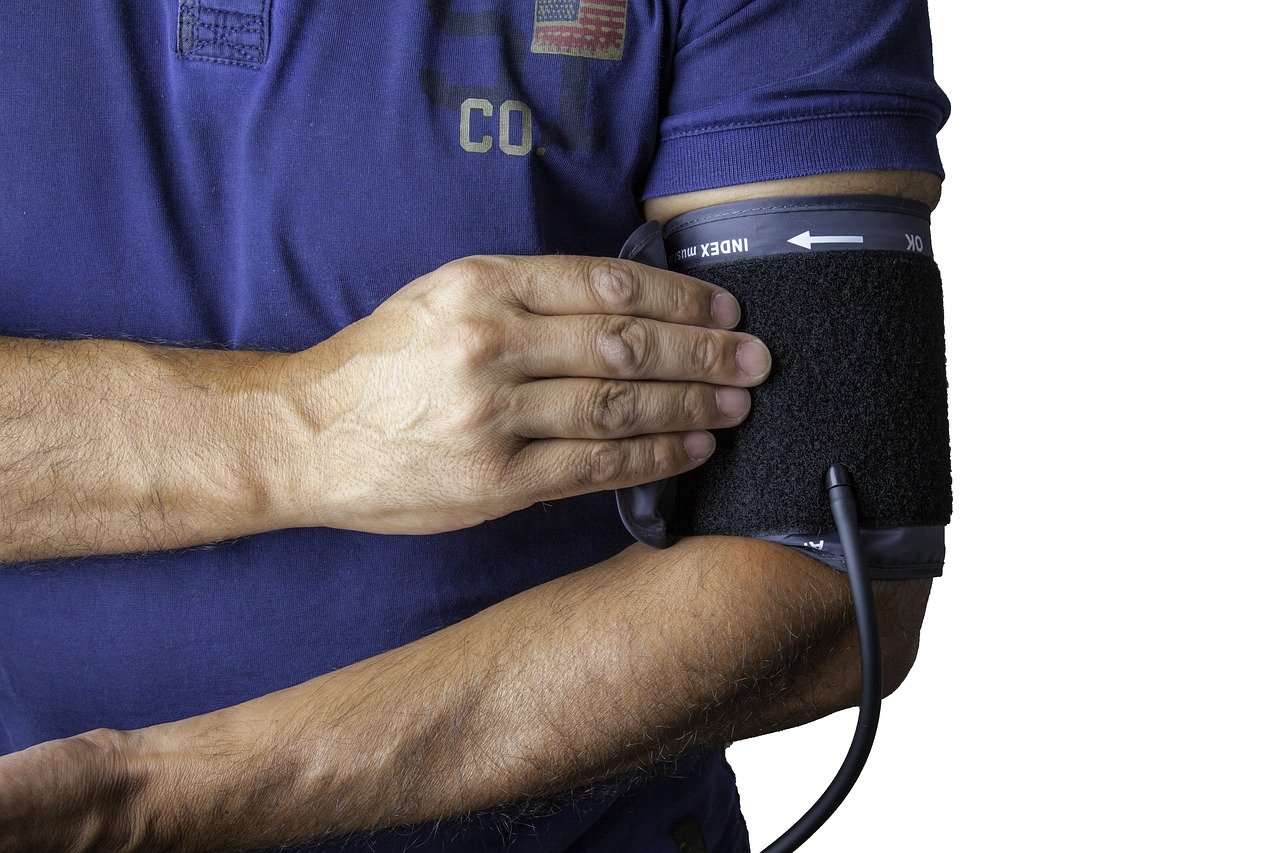
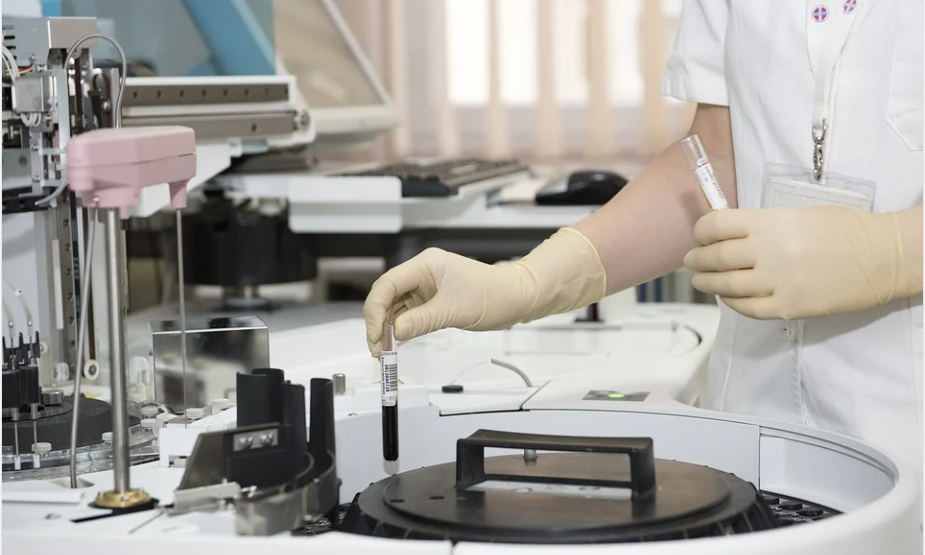


 Both are caused when stomach acid climbs back to the esophagus, causing pain in the throat lasting for a few minutes to a few hours. Some food people can trigger the heartburn, but some foods can help remove acid reflux.Eating fruit can help remove acid reflux, and some nurses in hospitals are suggesting this diet to help patients.
Both are caused when stomach acid climbs back to the esophagus, causing pain in the throat lasting for a few minutes to a few hours. Some food people can trigger the heartburn, but some foods can help remove acid reflux.Eating fruit can help remove acid reflux, and some nurses in hospitals are suggesting this diet to help patients.

 As much as you want to lose weight fast, it is good to understand that they are a must for you. In fact, you can decide to use the natural means and you will still achieve your goals. However, if you believe that it will take longer to get what you want through natural means, then there is nothing wrong with you using them. You just need to make sure that you get them from the right sources.
As much as you want to lose weight fast, it is good to understand that they are a must for you. In fact, you can decide to use the natural means and you will still achieve your goals. However, if you believe that it will take longer to get what you want through natural means, then there is nothing wrong with you using them. You just need to make sure that you get them from the right sources. For you to get the best weight loss supplements, you need to buy them from the right source. There are people who are after making easy money and those are the type of people who can sell you products that can be detrimental to your health without feeling guilty. Buying your weight loss supplements from reputable online platforms will help you avoid such people.
For you to get the best weight loss supplements, you need to buy them from the right source. There are people who are after making easy money and those are the type of people who can sell you products that can be detrimental to your health without feeling guilty. Buying your weight loss supplements from reputable online platforms will help you avoid such people.